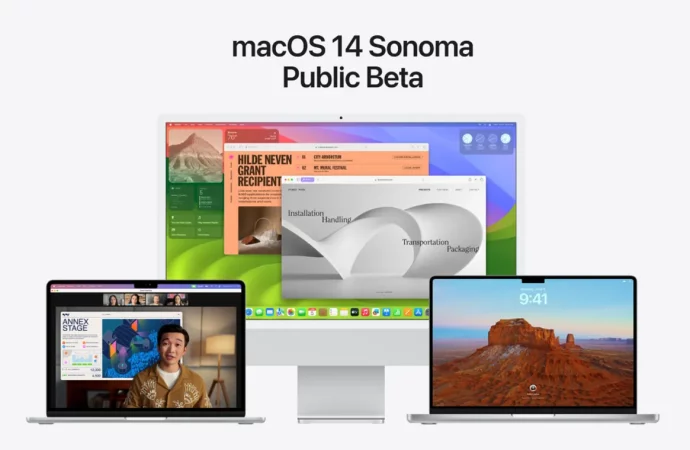Introduction: Public beta software has become increasingly popular among tech enthusiasts and non-developers alike, offering the opportunity to experience upcoming features and enhancements before the official release. While these beta versions come with exciting new functionalities, it’s essential to weigh the benefits and drawbacks before deciding to participate in such programs. In this article, we’ll
Introduction:
Public beta software has become increasingly popular among tech enthusiasts and non-developers alike, offering the opportunity to experience upcoming features and enhancements before the official release. While these beta versions come with exciting new functionalities, it’s essential to weigh the benefits and drawbacks before deciding to participate in such programs. In this article, we’ll explore the advantages and potential challenges that non-developers might encounter when using public beta software.
Advantages of Public Beta Software for Non-Developers:
- Early Access to New Features: One of the primary benefits of public beta software is getting early access to new features and improvements that are not yet available to the general public. Users can try out upcoming functionalities, providing valuable feedback to the developers for further refinement.
- Exciting User Experience: Trying out beta software can be an exciting experience, as it allows users to test cutting-edge technologies and explore the potential of future updates. Non-developers can be at the forefront of innovation, which can be particularly enticing for tech enthusiasts.
- Contribution to Software Development: By using public beta software, non-developers can actively contribute to the software development process. Reporting bugs, providing feedback, and participating in surveys help improve the software’s stability and overall performance.
- Improved Compatibility: Public beta versions are tested on a wide range of devices and configurations, allowing developers to address compatibility issues and optimize performance across various platforms.
- Free Access to New Features: Participating in public beta programs is usually free, making it an appealing option for users who want to explore new features without any additional cost.

Image by: https://www.zdnet.com/
Drawbacks of Public Beta Software for Non-Developers:
- Potential Stability Issues: Beta software is still in development and may contain bugs and stability issues that can affect the overall user experience. Apps might crash, and certain features may not work as expected, leading to frustration for non-developers seeking a smooth experience.
- Data Loss and Corruption: Beta versions may have data handling issues, leading to data loss or corruption. It’s crucial to back up your important files before installing beta software to avoid any potential data loss.
- Battery Drain and Performance Impact: Beta versions might not be fully optimized for power efficiency, resulting in increased battery consumption and decreased device performance.
- Incompatibility with Third-Party Apps: Some third-party apps might not work correctly with beta software, leading to compatibility issues and unexpected behavior.
- Limited Support and Resources: Public beta software is not officially released, so support and resources from the developer community might be limited. Users may not receive immediate assistance for issues encountered during beta testing.
Tips for Non-Developers Using Public Beta Software:
- Backup Your Data: Before installing any beta software, create a backup of your essential data to prevent data loss in case of any issues.
- Use Secondary Devices: Consider using beta software on secondary devices rather than your primary devices to avoid disruptions in daily tasks.
- Provide Feedback: If you encounter any bugs or issues, report them to the developers through the provided feedback channels. Your input can contribute to improving the software for everyone.
- Stay Updated: Keep your beta software up-to-date to benefit from bug fixes and improvements that developers release during the testing phase.
- Expect Flaws: Understand that beta software is still under development, and encountering flaws is normal. Be patient and wait for stable releases if you prefer a more polished experience.
Conclusion:
In conclusion, public beta software offers exciting opportunities for non-developers to explore upcoming features and contribute to software development. However, it comes with potential risks, including stability issues and compatibility challenges. By weighing the advantages and drawbacks and following the provided tips, non-developers can make informed decisions about participating in public beta programs and enjoy the benefits of early access while managing potential challenges effectively.

















Leave a Comment
Your email address will not be published. Required fields are marked with *